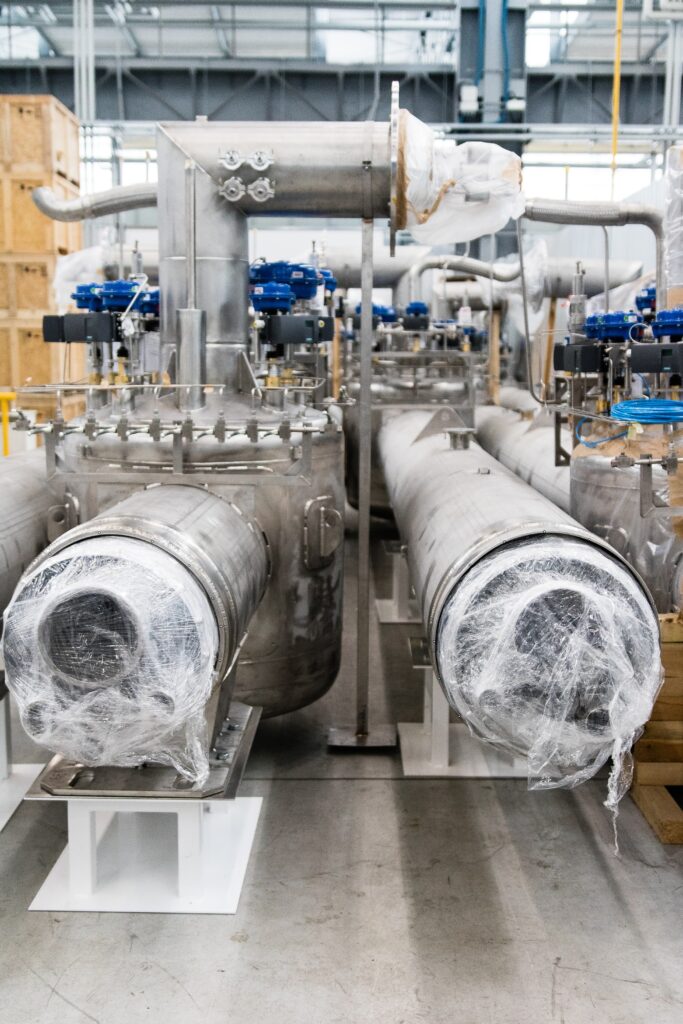European Spallation Source
The European Spallation Source (ESS) is a European Research Infrastructure Consortium (ERIC), a multi-disciplinary research facility based on the world’s most powerful neutron source. The project’s aim is to build and operate the world’s most powerful neutron source, enabling scientific breakthroughs in research related to materials, energy, health, and the environment. The facility design and construction include the most powerful linear proton accelerator ever built, a five-tonne, helium-cooled tungsten target wheel, 22 state-of-the-art neutron instruments, a suite of laboratories, and a supercomputing data management and software development center. The project is currently under construction in Lund, Sweden.

Scope
KrioSystem within Polish In-kind contribution (managed by the Wroclaw University of Science and Technology), is delivering key ESS accelerator components. This is a complete cryogenic distribution system including cryogenic infrastructure for superconductive modules testing.
The cryogenic system supplies cold helium to the linear accelerator – specifically the elliptical superconductive cavities, operating at temperatures of 2K. It connects the liquefier from one side to the cryomodules on the opposite side. The cryogenic system constructed by KRIOSYSTEM includes:
- Multichannel transfer line, approx. 350 m- four process pipes, actively cooled thermal shield, and vacuum jacket of diameter DN500,
- Valve boxes, 31 pcs. – each with eight cryogenic valves, two pressure safety relief valves, and temperature and pressure instrumentation. The valve boxes have a vacuum vessel diameter of 1 m and a height of 2 m,
- Jumper connections, 31 pcs. – elbow-shaped flexible connection to join superconductive modules,
- Auxiliary lines, approx. 1400 m– cryogenic piping for helium gas relief, discharge, and purging
Installation
The cryogenic system is installed in the accelerator’s tunnel and it
runs in parallel to the superconductive cryomodules. The installation
includes positioning, process pipe welding, MLI insulation, thermal
shield installation, and vacuum jacket welding.
